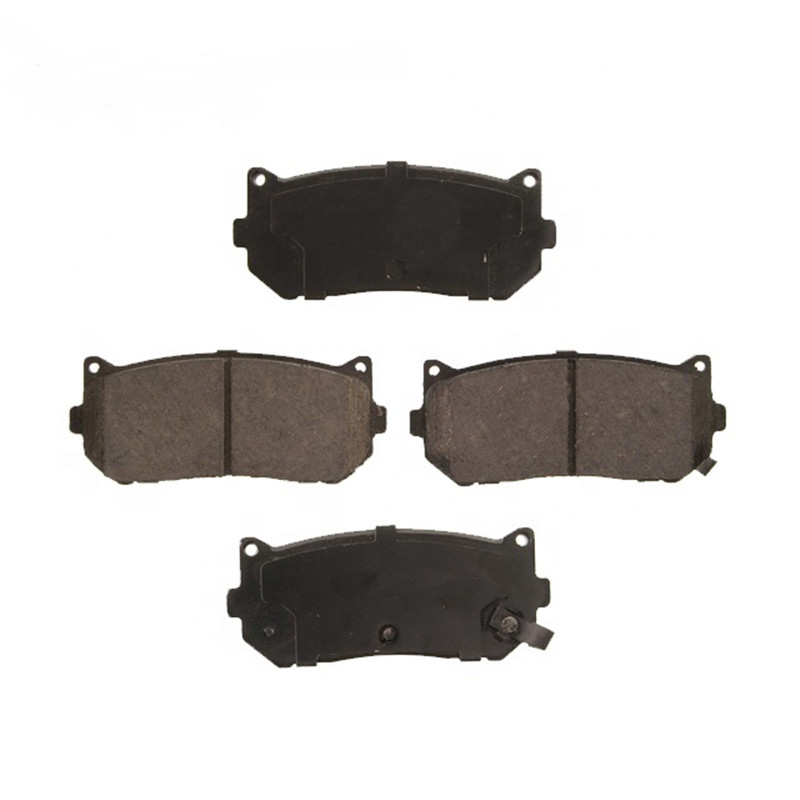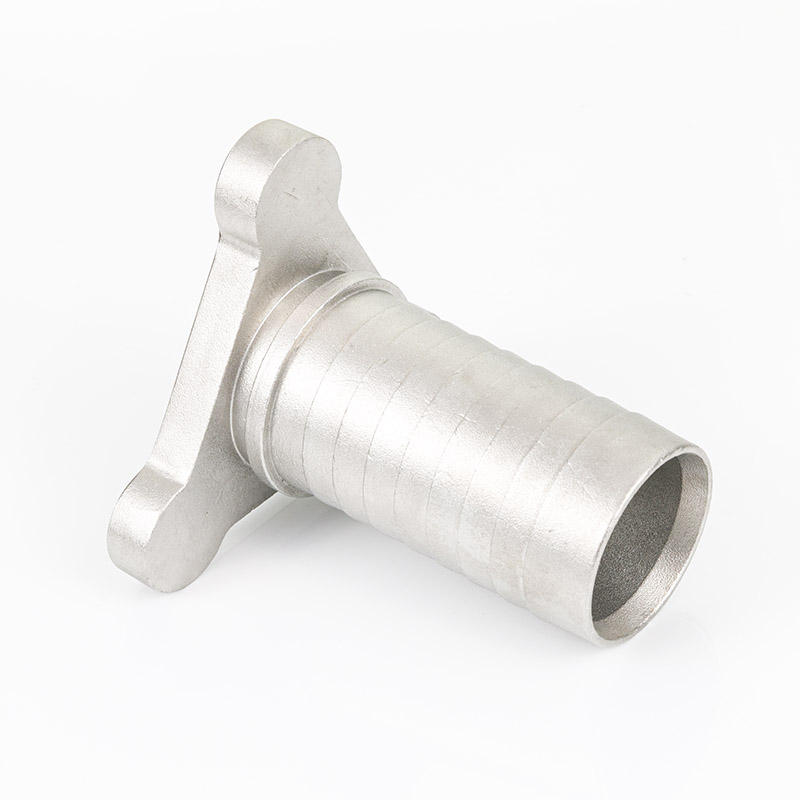Double Jacket Gasket
A double jacket gasket, also known as a double-jacketed gasket or double-metal gasket, is a specialized type of sealing gasket designed for demanding industrial applications where a high level of temperature and pressure resistance is required. These gaskets are commonly used in industries such as o......
Send Inquiry
Product Description
A double jacket gasket, also known as a double-jacketed gasket or double-metal gasket, is a specialized type of sealing gasket designed for demanding industrial applications where a high level of temperature and pressure resistance is required. These gaskets are commonly used in industries such as oil and gas, petrochemical, chemical processing, and power generation. Here are some key characteristics and information about double jacket gaskets:
1. Construction: Double jacket gaskets consist of three main components:
- Inner Filler: The core of the gasket is typically made of soft, compressible materials like graphite, non-asbestos, PTFE (polytetrafluoroethylene), or other suitable materials with excellent sealing properties.
- Metal Jacket: The inner filler is encased within two layers of metal, often stainless steel or other corrosion-resistant alloys. These metal layers form a protective jacket around the filler material.
- Outer Metal Ring: Some double jacket gaskets feature an outer metal ring that provides additional reinforcement and helps maintain the gasket's shape and integrity.
2. High-Temperature Resistance: Double jacket gaskets are known for their exceptional resistance to high temperatures and can withstand extreme heat, making them suitable for use in applications involving elevated temperatures and thermal cycling.
3. Pressure Resistance: They are designed to handle high-pressure environments and maintain their integrity under substantial pressure loads. This characteristic is particularly important in applications where pressure sealing is critical.
4. Chemical Compatibility: Depending on the inner filler material and metal jacket chosen, double jacket gaskets can exhibit resistance to various chemicals and corrosive substances. The choice of material should be based on the specific application's chemical compatibility requirements.
5. Sealing Applications: Double jacket gaskets are commonly used in flange connections, heat exchangers, boilers, pressure vessels, pipelines, and other equipment where a reliable and high-performance seal is essential.
6. Temperature Range: The temperature range for double jacket gaskets can vary based on the inner filler material, metal jacket, and outer ring material. They are generally effective at temperatures ranging from cryogenic levels to extremely high temperatures, depending on the materials selected.
7. Types of Jackets: The metal jackets can come in various configurations, including single jacketed (with one layer of metal) and double jacketed (with two layers of metal for added strength and heat resistance).
8. Corrugated or Smooth: The metal jackets of double jacket gaskets may have a corrugated or smooth surface, with corrugations providing additional flexibility and adaptability to irregular or non-flat sealing surfaces.
9. Installation: Proper installation of double jacket gaskets is essential to ensure an effective seal. This involves following recommended torque procedures and ensuring that the gasket is positioned correctly between the flange faces.
When selecting a double jacket gasket for a specific application, factors such as temperature, pressure, chemical compatibility, material type, and the nature of the sealing surfaces should be considered. Proper installation and adherence to recommended torque specifications are crucial for achieving a reliable and leak-free seal, particularly in high-temperature and high-pressure environments.










